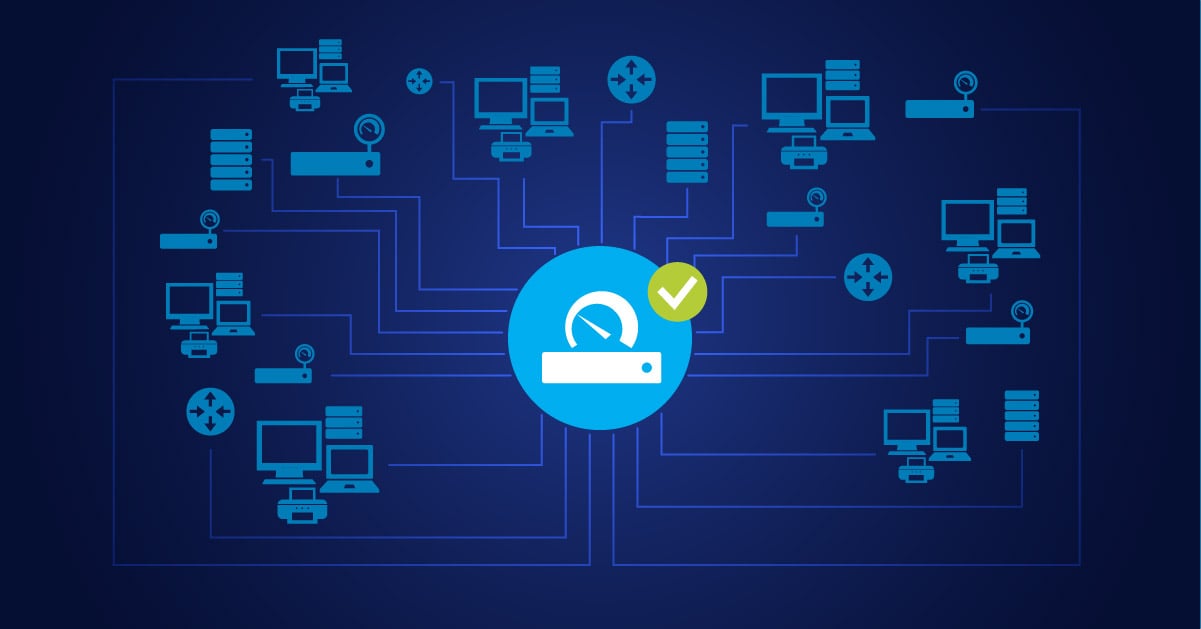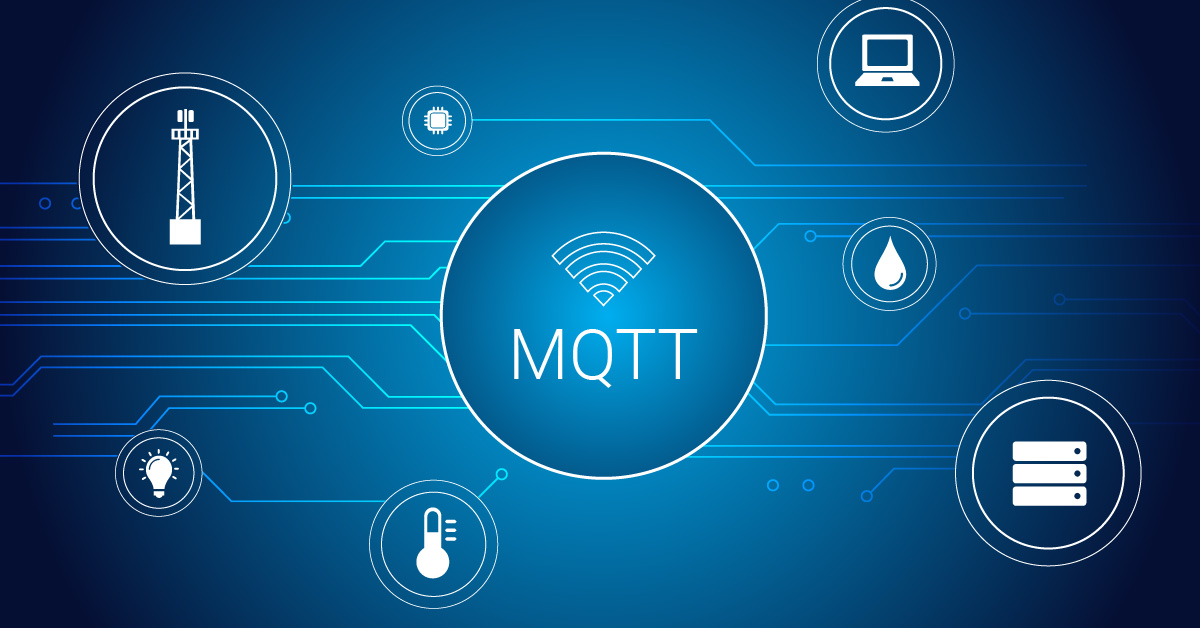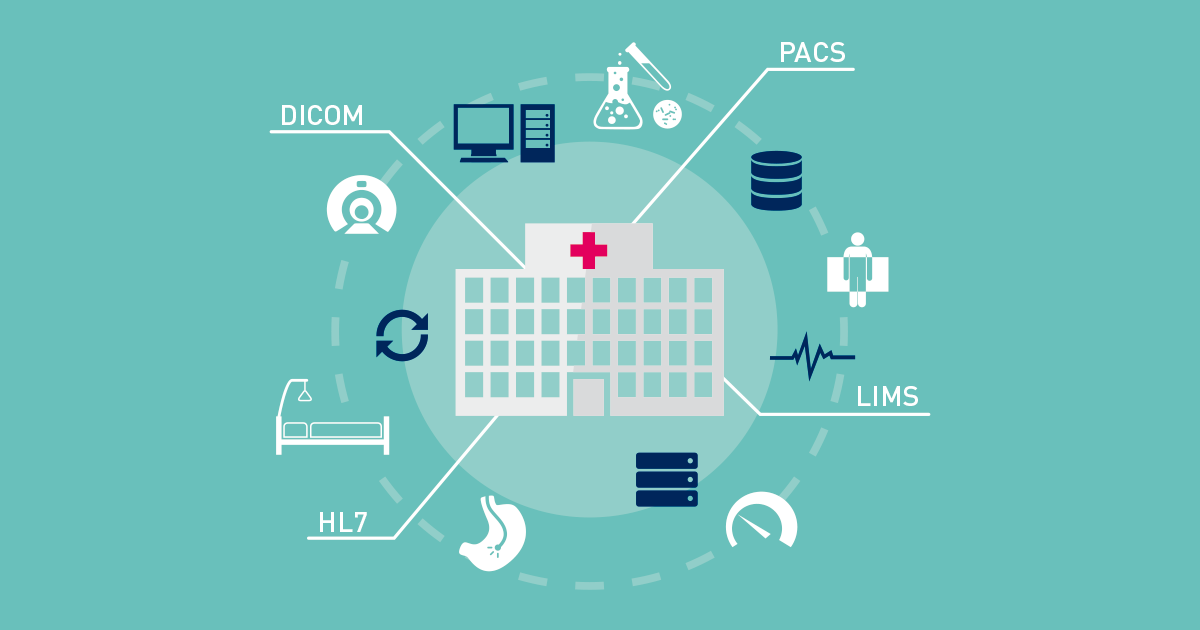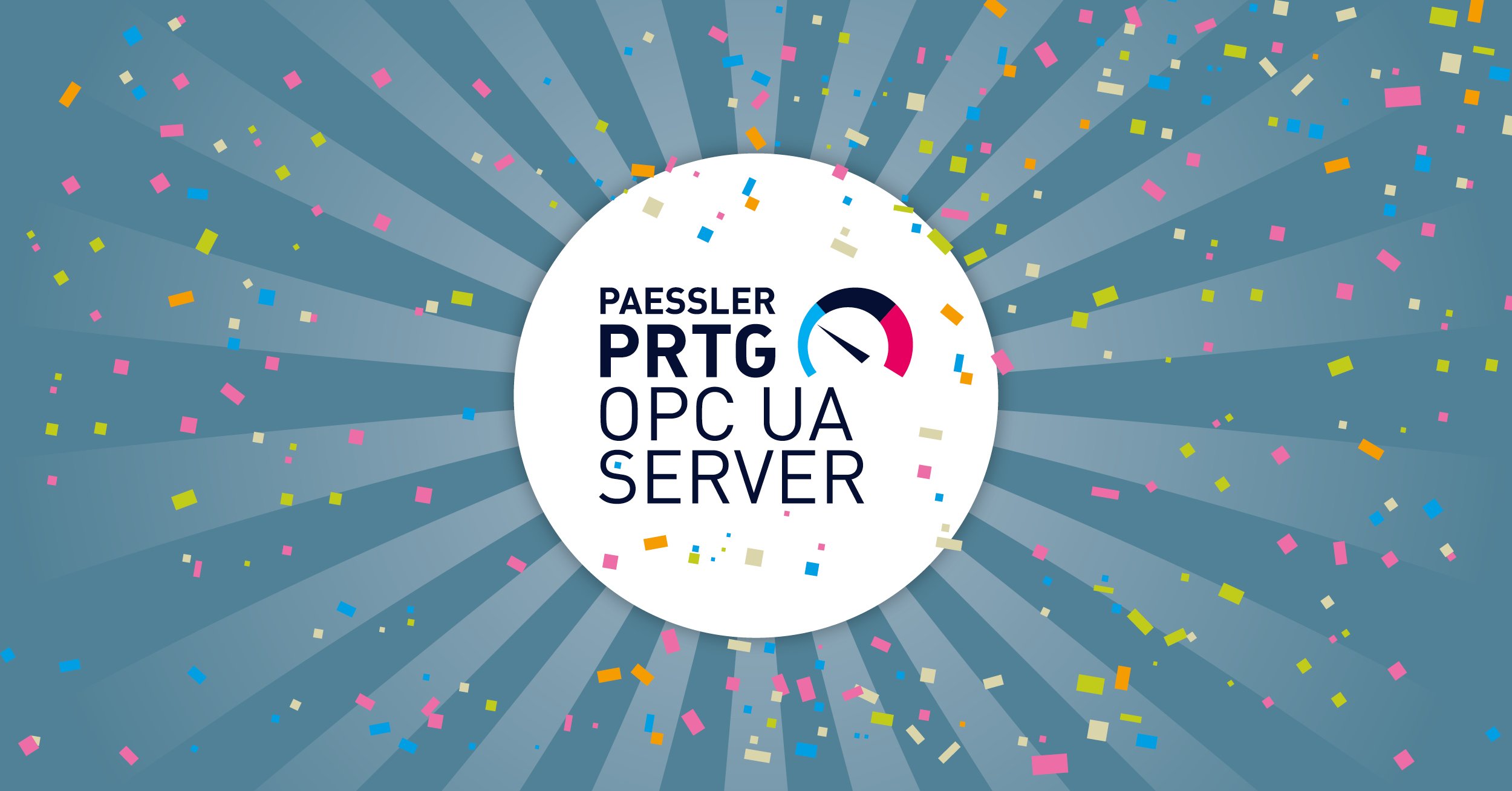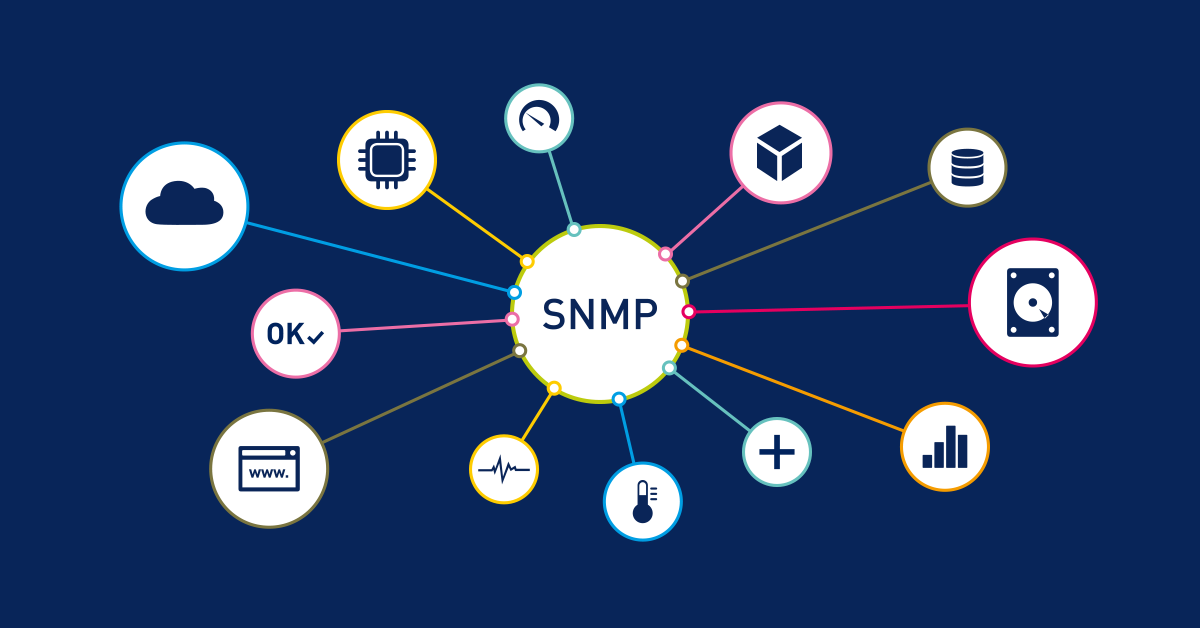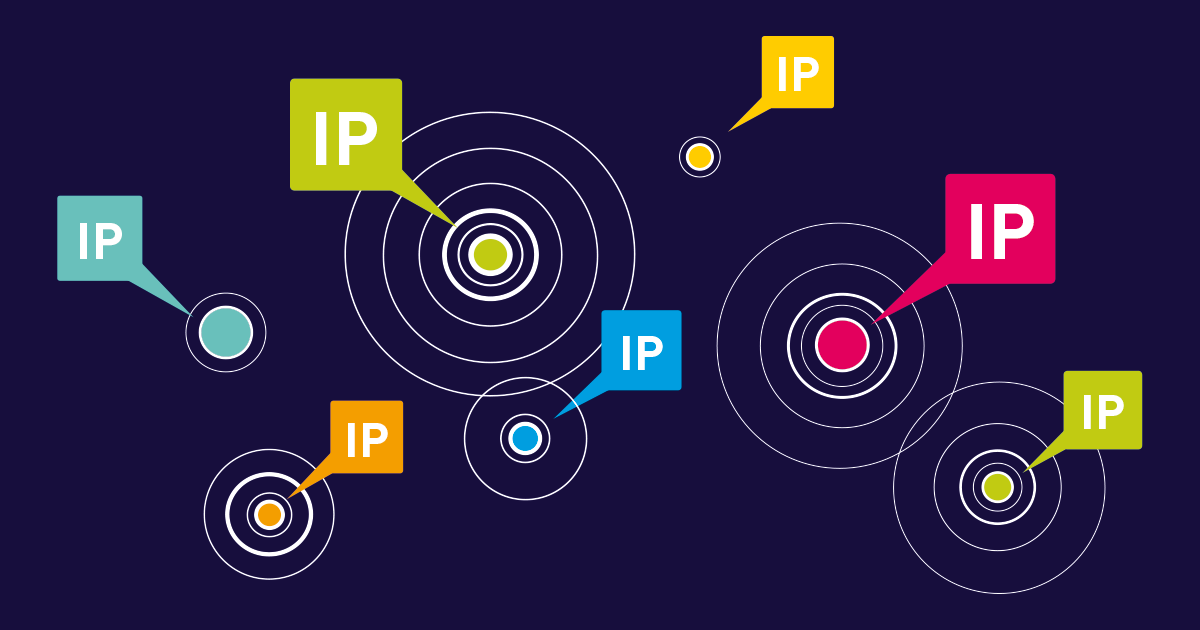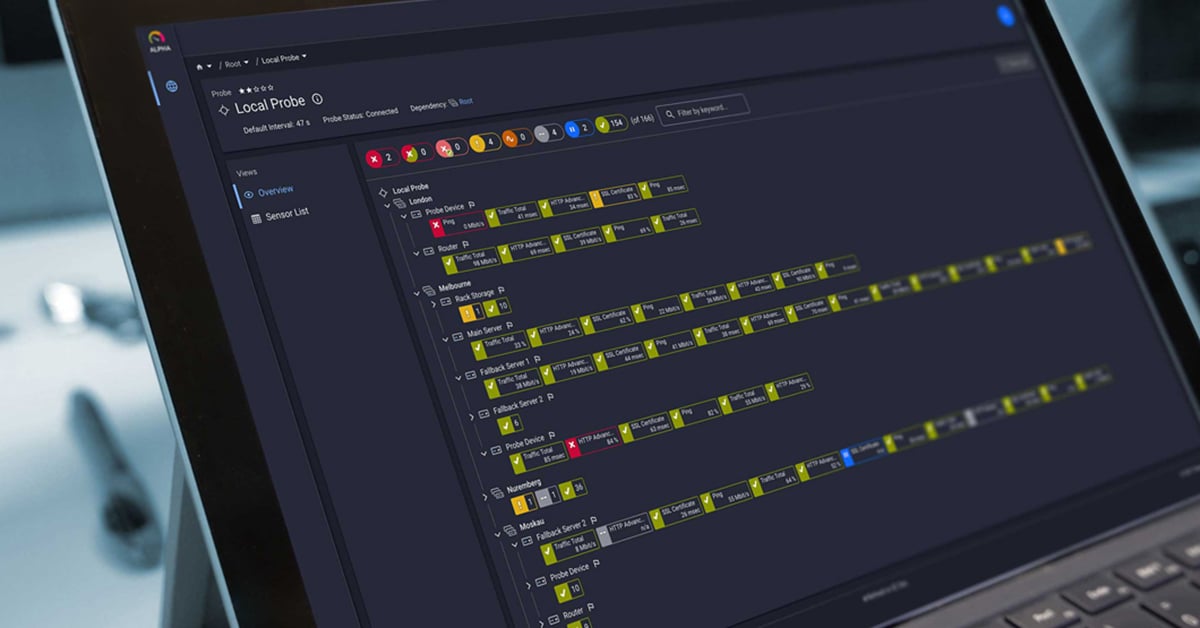You're lying in bed and the familiar sound of an incoming alert wakes you up in the middle of the night. You groggily pick up your phone and quickly scan the details to see if the alert is another false alarm or the beginning of a catastrophic system failure that will put you back on call all night. You start to doze back off but then, another alert…
Sound familiar? For system administrators, security teams, and DevOps professionals all over the world, middle of the night emergency calls and incident response are a normal part of the job. The seemingly endless stream of security alerts, system failures, and uptime issues have earned the common and affectionately known name alert fatigue. When the number of incidents increases without proper triage and escalation workflows, even the most experienced SOC teams struggle to maintain optimal system reliability and customer satisfaction.
In our increasingly connected business world, there are two primary KPIs that can make the difference between success and failure in network monitoring. They are MTTD vs MTTR, the respective measure of your team's detection and recovery capabilities. These key metrics serve as critical performance indicators for cybersecurity teams and security operations centers. In an age where every minute of downtime can cost an enterprise between $5,600 to $9,000 per minute, PRTG sensors are the flexible monitoring platform that make it possible to optimize both response time metrics at the same time while reducing vulnerabilities across your entire ecosystem.
On average, organizations that use PRTG sensors reduce Mean Time to Detect (MTTD) and Mean Time to Recovery (MTTR) by 47% within the first 90 days of implementation, with fewer false positives, less alert fatigue, and faster resolution times. This improvement in key metrics directly impacts system reliability, mean time to respond, and overall security posture while helping teams lower MTTD through advanced automation and real-time dashboard visibility.
Get Your Free Trial to Improve MTTD and MTTR with PRTG Network Monitoring
MTTD vs MTTR: Impact on Business Operations and Network Performance
System outages, performance bottlenecks, and network failures are no longer simply maintenance hiccups. They are business events that can end up costing organizations thousands of dollars a minute, and for critical business components, several hundred thousand in a single outage. Performance indicators like MTTD and MTTR are no longer optional for maintaining optimal uptime and service level agreements (SLA). Without these key metrics, businesses lack both the visibility and management information they need to scale effectively, maintain customer satisfaction, and continue operating smoothly throughout the entire system lifecycle.
The key distinction between MTTD and MTTR when it comes to understanding and prioritizing their business impact is the fact that while both metrics refer to incident response key performance indicators (KPIs), they each focus on a different component of network operations, downtime, and security.
- MTTD (Mean Time to Detect) refers to the average amount of time that passes between the initial occurrence of a problem (or another significant network event) and the moment it is discovered.
- MTTR (Mean Time to Recovery) refers to the total time it takes to return the system to full service and complete functionality.
- The faster your security teams can respond to security incidents, the faster they can get your systems back up and running smoothly.
Key Differences of MTTD vs MTTR Incident Response Metrics
MTTD and MTTR are important in their own rights, but when it comes to calculating incident response KPIs, they must be viewed as two sides of the same coin. The cost of downtime and unplanned security incidents and system alerts is directly related to MTTD, MTTR, and, in many cases, other associated response metrics like Mean Time to Acknowledge (MTTA), Mean Time Between Failures (MTBF), and Mean Time to Failure (MTTF).
High-performing teams regularly optimize both MTTD and MTTR through streamlined workflows and automation. This practice alone can reduce total annual downtime costs by between 40 to 60 percent while improving overall security posture and stakeholder confidence.
As a baseline reference, here are some key industry benchmarks for MTTD and MTTR.
Industry Benchmark Metrics for MTTD and MTTR (2024)
| Alert Details | Statistical Data |
|---|---|
| High-impact outages | 32% of organizations experiencing weekly major outages |
| Average MTTD | 44% of businesses take 30+ minutes to detect critical issues |
| Average MTTR | 60% of organizations require 30+ minutes to resolve critical issues |
PRTG MTTD and MTTR Customer Benchmarks
| Metric | Performance Data |
|---|---|
| MTTD (minutes to detect issues) | 65% of PRTG customers with sub-5-minute detection |
| MTTR (minutes to repair) | 47% average MTTR reduction with PRTG monitoring |
| Operational and alert fatigue efficiency | 89% of users reduce false positives via intelligent sensor correlation |
Optimizing MTTD and MTTR: Smart Security Metric Management
Introducing network monitoring tools to your system administrators may feel counterintuitive at first. Network alerts can quickly snowball into more problems than they solve unless you have the right strategy for using monitoring sensors to optimize MTTD and MTTR. With PRTG monitoring, teams can optimize metrics while saving between 40-80 hours per week typically spent on chasing false positives, enabling team members to focus on other initiatives with business impact.
Industry Best Practices for MTTD and MTTR
Document everything
Teams must create and document an incident response plan that contains step-by-step workflows, escalation workflows, and communication scripts. This documentation should include root cause analysis procedures, remediation steps, and clear triage processes to streamline the repair process.
Invest in automation
Use automation with APIs integrations and alert processes to lower manual handling. Automation helps reduce the average amount of time spent on routine tasks while improving mean time to respond and mean time to resolve critical security incidents.
Track your data
Regularly benchmark how your response time performance indicators are performing. Look for trends to identify and address common issues before they happen. Monitor key metrics like MTTA (Mean Time to Acknowledge), MTBF (Mean Time Between Failures), and MTTF (Mean Time to Failure) alongside your primary MTTD and MTTR measurements.
Training is essential
Ensure your security operations staff are aware of the process, the business value and how their actions have an impact on system reliability and customer satisfaction throughout the incident lifecycle.
Merge and simplify IT and OT networks
Move to the convergence of IT and OT. You cannot have two IT departments; you must be smart to safeguard the whole ecosystem and keep both businesses and OT assets protected from ransomware and other cybersecurity threats.
Optimizing MTTD and MTTR: Best Practices for Reducing Alert Fatigue
Alert fatigue, the common byproduct of traditional network monitoring solutions, can be costly for businesses of all sizes. Smart IT and system administrators tackle the challenge by using intelligent methods like multi-sensor alert correlation and endpoint monitoring. By better understanding the context around common security alerts and utilizing the right set of IT security tools for your organization, teams can dramatically improve their Mean Time to Detect and Mean Time to Recovery while maintaining optimal functionality across all systems.
Streamlined Network Monitoring with PRTG: Optimizing MTTD and MTTR
For many organizations, the difference between an MTTD that is adequate and MTTD that is exceptional comes down to real-time monitoring and intelligence automation. When you can plug your monitoring systems into your incident management and operations workflow, the entire process becomes more transparent and your team gets faster at taking the right action in the right moment.
Automation and integration are key: anything your monitoring system can automatically surface and connect to your ticketing system can be instantly surfaced for immediate attention and intervention.
MTTD and MTTR Improvement Benchmarks for PRTG Users
At PRTG, our customers are the lifeblood of our growth and success. Your success is our business success and your KPIs are our KPIs. Benchmarking your network monitoring and MTTD and MTTR improvement is possible with the right tools. Here is how some of our best PRTG customers do it.
Benchmarking for MTTD and MTTR Success: PRTG Customers
| MTTD (minutes to detect issues) | MTTR (minutes to repair) |
|---|---|
| 65% of PRTG customers reduce detection to 5+ minutes | 47% average MTTR reduction |
| 89% of users reduce false positives via intelligent sensor correlation | |
Responding to Cyber Threats Faster with Effective Network Monitoring
In an age of escalating cybersecurity threats including ransomware and rapidly approaching next-gen incident response metrics, one-size-fits-all monitoring solutions no longer cut it. With flexible alert systems like PRTG, customers are able to track security changes in real-time across all aspects of their business operations and endpoint devices. Today, with 70% of IT operations already on cloud-native environments, PRTG sensors and monitoring remain a foundational requirement for modern IT operations excellence.
Tools like PRTG Network Monitor can dramatically improve MTTD and MTTR performance by automating key tasks, such as:
- Automatic incident creation and categorization
- Notifications to escalate on-call teams and security operations centers
- Reduce unnecessary alerts and notifications that contribute to alert fatigue
- Act as an integration hub between your MTTD and MTTR processes
FAQs about MTTD and MTTR
What is the difference between MTTD and MTTR?
The MTTD metric stands for Mean Time to Detect. This means the average amount of time it takes to know that a failure, problem, or other cybersecurity event has occurred. MTTR or Mean Time to Repair is the total time it takes to recover and restore service to a failure or other similar event. These key metrics are essential for measuring system reliability and security posture.
How can MTTD and MTTR be improved?
MTTD and MTTR can be improved by introducing automation and alerts in the detection stage. PRTG sensors will form the base of such proactive solutions, helping to lower MTTD through real-time monitoring and streamlined workflows that reduce response time.
Why is MTTD and MTTR important to cyber security and response management?
MTTD and MTTR can be improved with an early warning system that creates less impact from a cybersecurity incident or security incident. Less downtime with faster incident response times can significantly reduce damage and also improve MTTR, which is critical for cyber security and resilience in particular while maintaining optimal service level performance.
Start Improving Your MTTD & MTTR with PRTG Network Monitor Today
To see for yourself how much faster you can optimize your MTTD and MTTR and which network sensors and tools will improve your network response times, we invite you to sign up for a free trial of PRTG Network Monitor. Once you have downloaded the free 30-day trial, you will have access to a wide library of sensors for all aspects of your infrastructure monitoring.
Get Your Free PRTG Trial - Reduce MTTD & MTTR Response Times Today
The speed at which your business responds to security threats and unplanned system failures is an essential part of your overall incident response capabilities and MTTD vs MTTR battle. There is nothing more important than the tools you use to do the job. Make sure you are using the best options available and keeping your team members in the loop on where your systems are and when they change.
 Published by
Published by 